How to fix a stripped screw hole – DIY and construction pros reveal 6 smart ways finish the job
Experts share industry secrets for fixing stripped screw holes and how to remove stubborn screws


There's nothing more annoying mid DIY project than having to deal with a stripped screw hole. You’ve drilled your hole and you’re ready to go, then it gets damaged.
Stripped screw holes can happen in wood, drywall, metal, masonry and plastic and knowing how to fix them will allow your project to carry on without too much disruption. Here, three experts share industry know-how to help fix the issue smoothly.
These are six worthy DIY tips to add to your home renovation arsenal.
How to fix a stripped screw hole
1. Toothpicks and matches
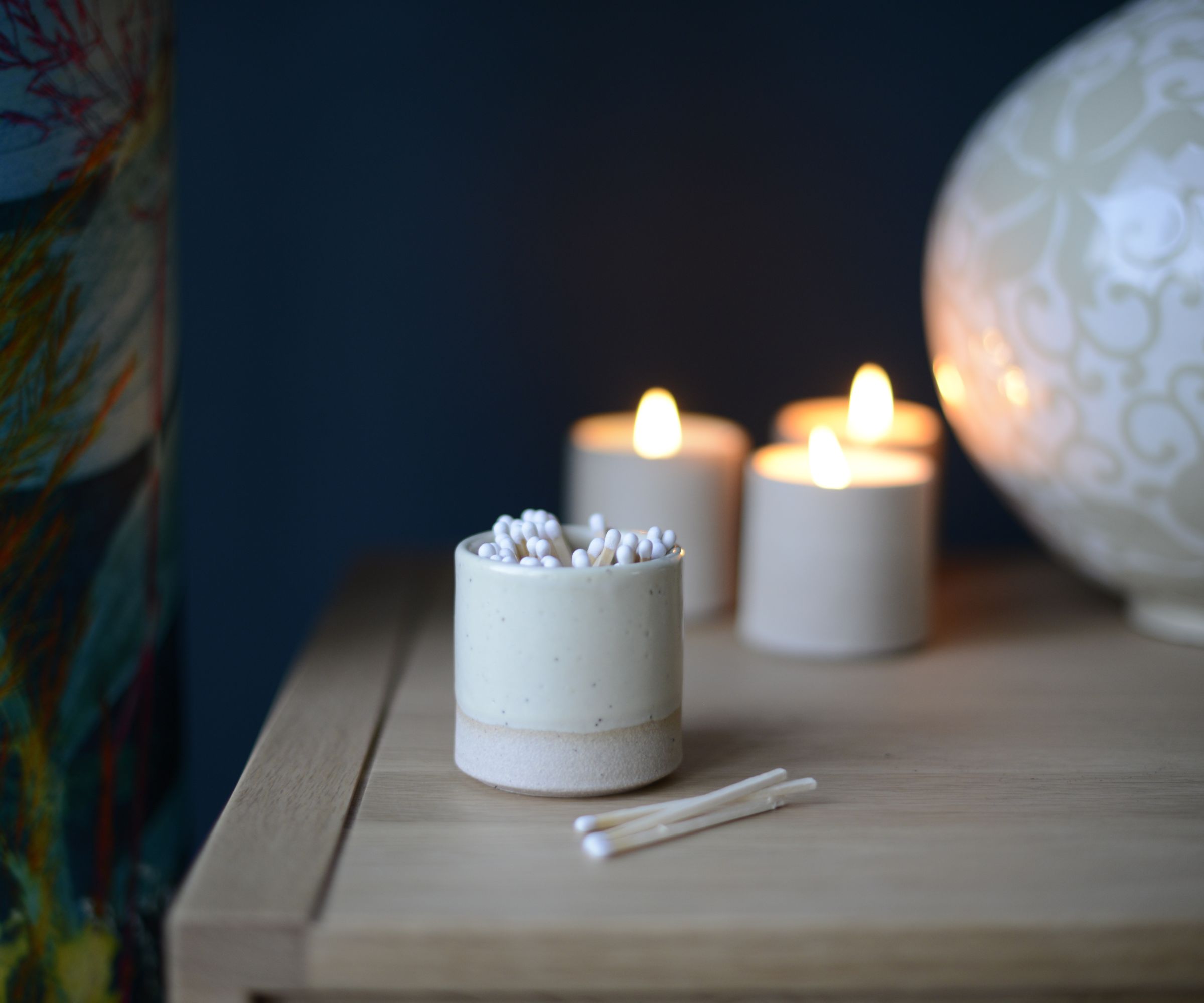
What will you need for this fix? Matt DiBara, known as The Undercover Contractor and owner of DiBara Masonry says you’ll need toothpicks, wood glue and one of your regular DIY tools, a screwdriver, for the new screw.
DiBara says, ‘Grab a bunch of toothpicks and stick them into the stripped hole, adding a little wood glue to hold everything together. Snip off the extra toothpick ends and let the glue dry. After that, just screw it back in.’
Depending on the size of the stripped screw hole, you may only need to add a single toothpick. Simply insert the tooth pick and snap off the excess height so it sits flush with the surface. Then add the screw and screw in. If still loose, take out and add another toothpick. Alternatively, use kitchen matches to fill the holes. This is a great quick fix for small repairs.
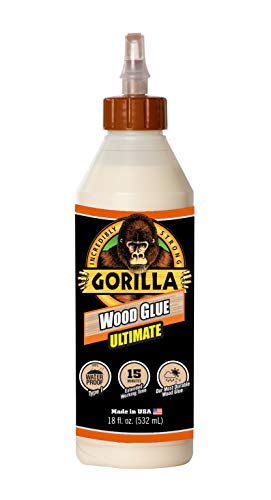
Recommended by Matt DiBara, this is an incredibly strong wood glue that is 100% waterproof and easy to clean up. It only requires 20-30 minutes of clamp time and is fully cured in 24 hours
2. Go for a bigger screw
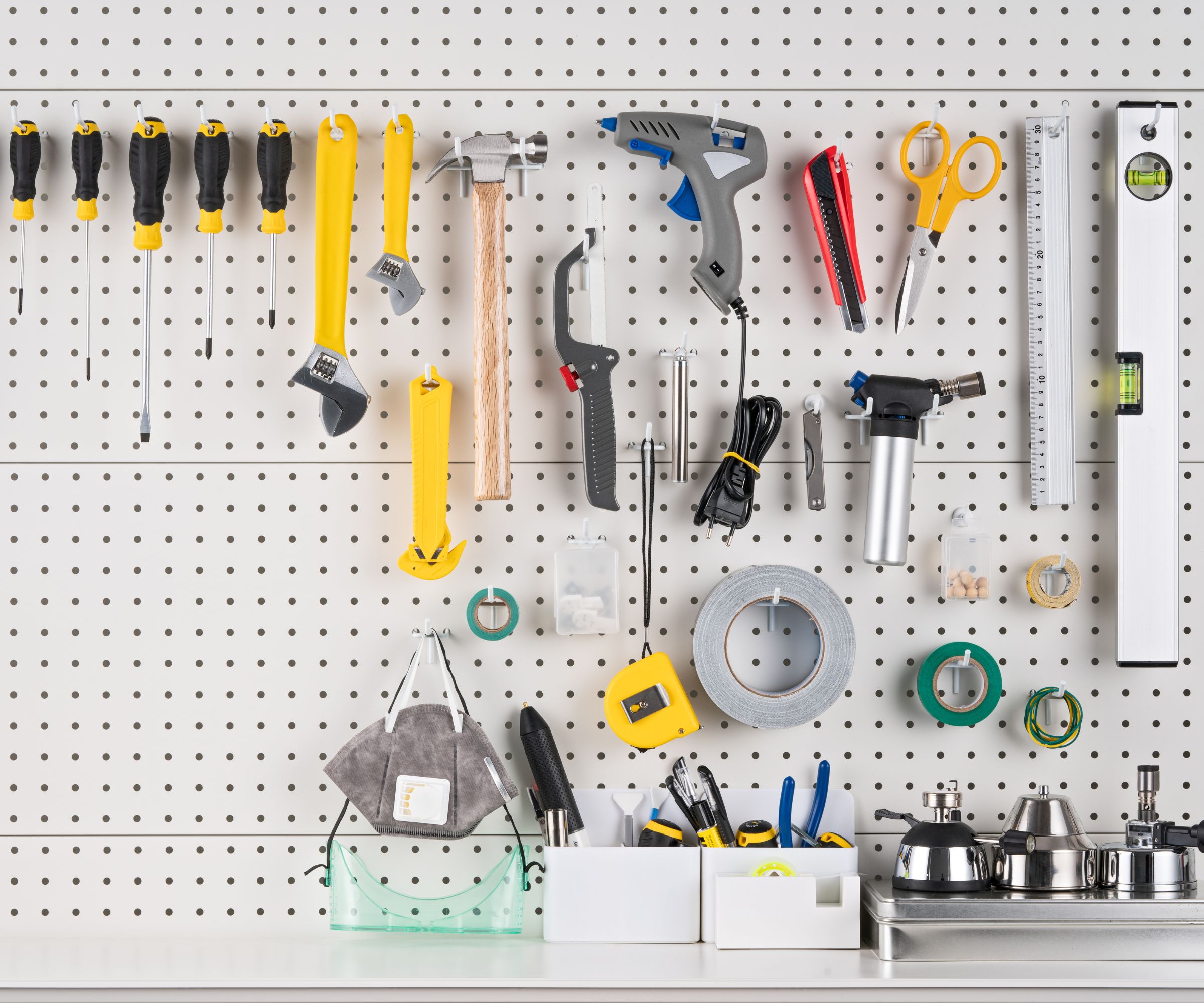
This is a simple solution that is easy to implement as DiBara explains, ‘If the hole is stripped, just switch to a bigger screw that fits tighter. Make sure the head of the screw matches your project, though.’ It sounds simple, and it is, but make sure that if you choose a longer screw that the hole is deep enough, so try before you start.
You may well need a different size screwdriver for the bigger screw, so again, check you have the right size before starting. DiBara recommends investing in an assortment of multi-purpose screw sizes, so you're ready for any DIY project.
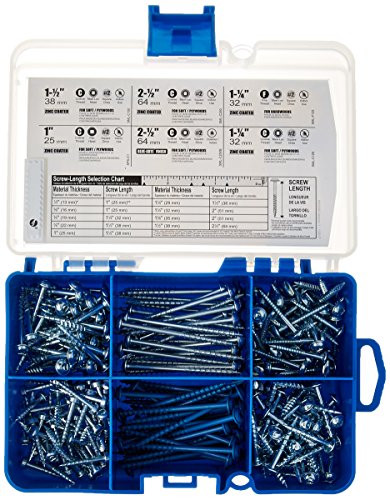
DiBara recommends a set from Kreg. This starter kits contains six common sizes and types of screw. Always handy to have but you will need a square bit to screw in.
3. The wooden dowel fix
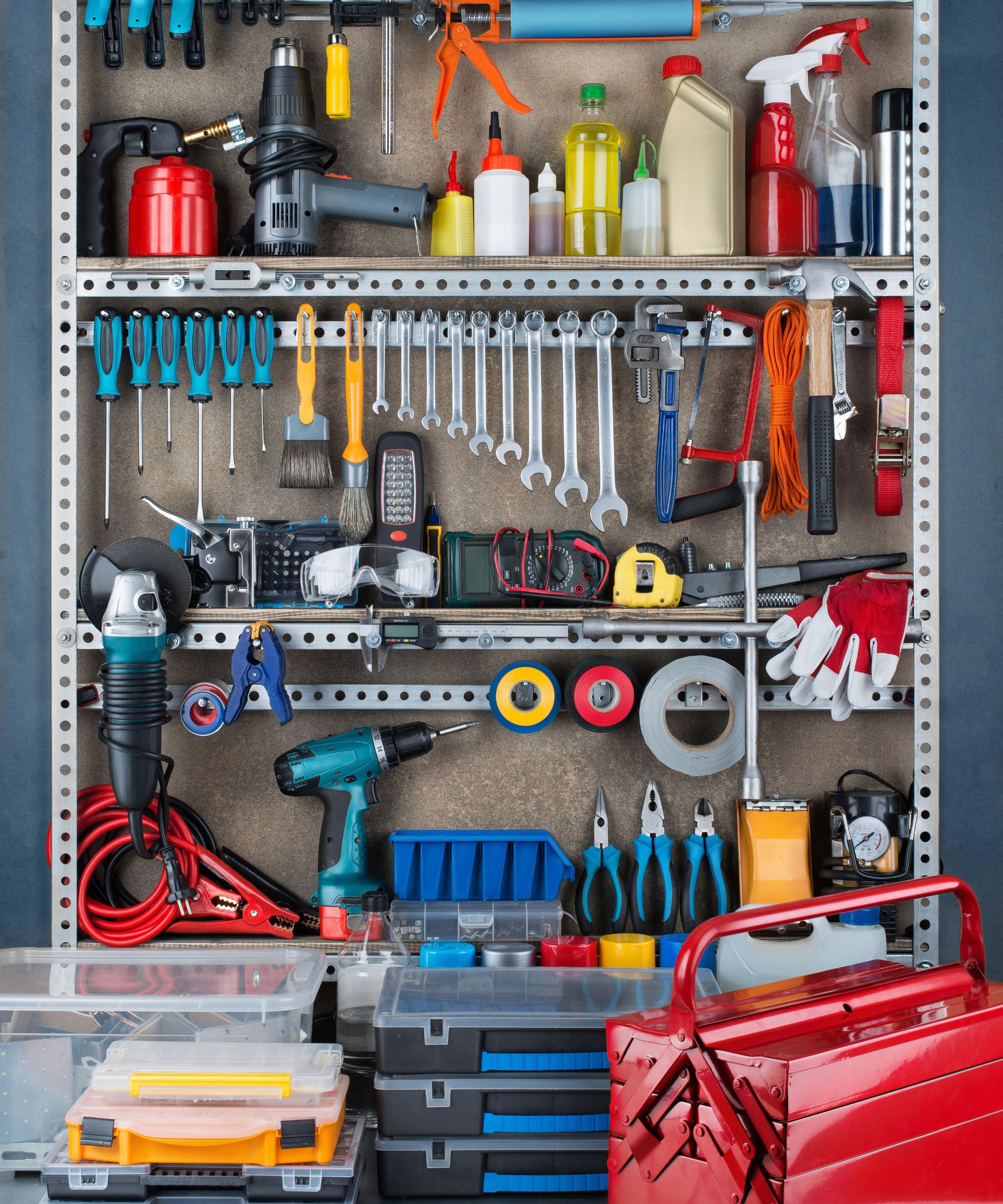
If you have a larger stripped hole this is a good option, especially for wood. You can get different size wooden dowels, generally big enough to fit most stripped screw holes.
DiBara shares his method, ‘First, drill the stripped hole a bit larger to fit a wooden dowel. Cut the dowel to the right size, glue it in, and let it dry. Once it’s set, drill a new pilot hole and pop the screw back in.’
He adds that you will need a saw to cut the protruding piece of dowel. A coping saw like this IRWIN Tools ProTouch Coping Saw from Amazon is a good choice as it has a flexible blade which can be adjusted for different angles.
A different option for getting rid of a protruding dowel is to use a sharp wood chisel. Make sure the dowel is secure and gently remove the dowel.
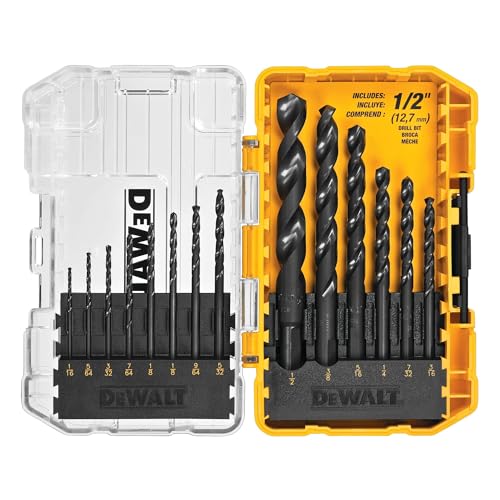
A set of heavy-duty metal drill bits made for drilling into a variety of materials including plastic, wood, and metal. Each bit features a 135° split point tip design to help reduce walking.
4. Use a thread repair kit
If you have a stripped screw hole in metal, it typically means that the thread has been compromised and the screw, bolt or whatever has been used won’t fit securely.
DiBara explains what you need to do, ‘Drill out the stripped hole and use the tap from your Heli-Coil kit to create new threads. Then, just pop in the coil, and you’re good to go.’
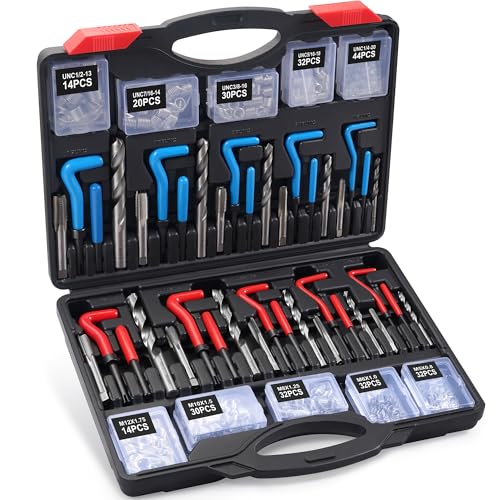
A 320-piece Helicoil thread repair kit that includes tools for both metric and SAE sizes. Restores stripped internal threads and creates a stronger internal threads in soft metals.
5. All-round fix
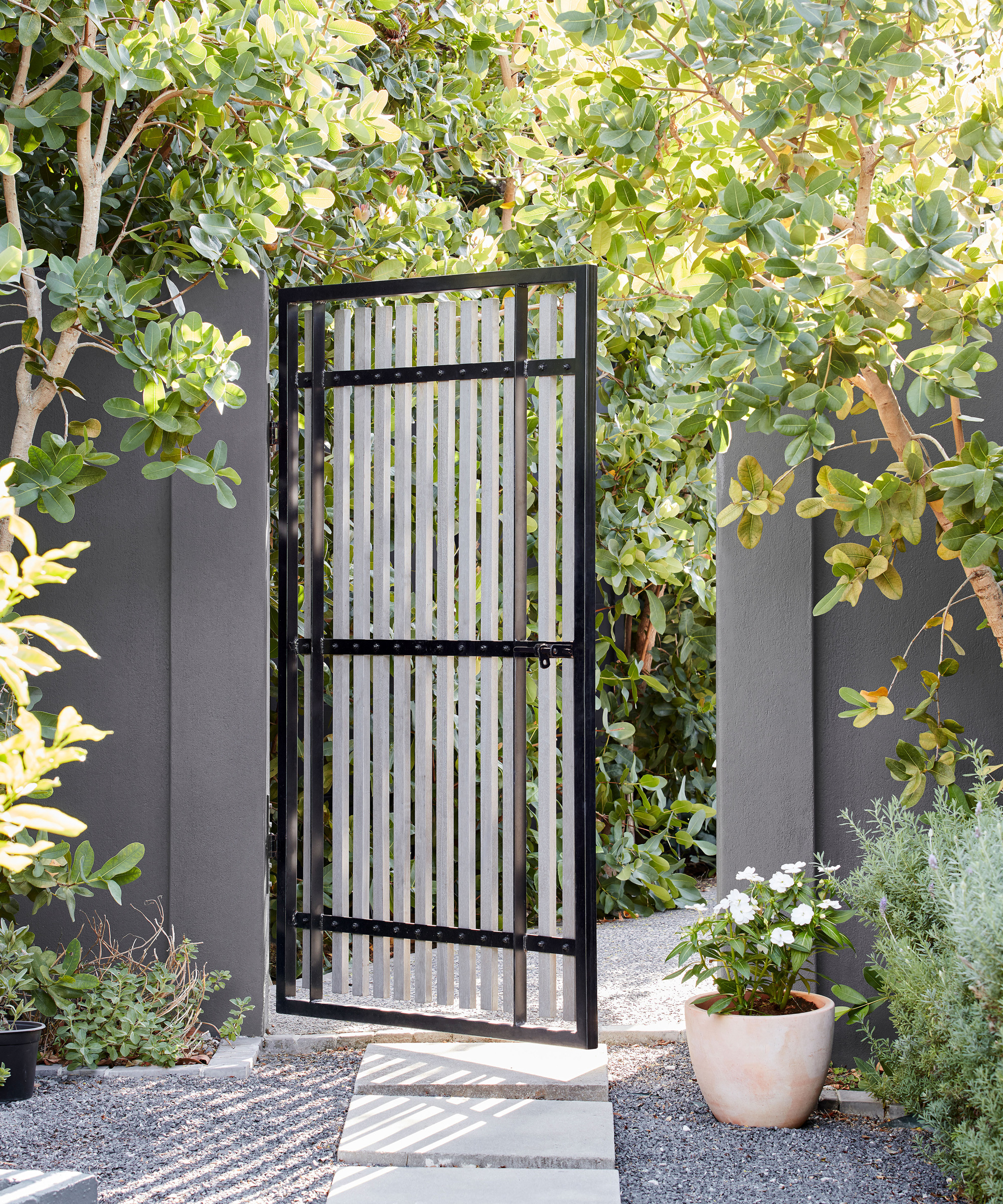
If you are looking for an all-round fix, an epoxy putty such as Star Brite Epoxy Putty Stick from Walmart is a useful choice, and can be sanded, drilled and tapped. It is typically a fast-setting polymer compound that is used for permanent repairs to masonry. But it can also work with wood, metal and plastic.
DiBara explains how to use it, ‘Mix up the epoxy putty and fill in the stripped hole and smooth it out so it’s flush with the surface. Let it cure according to the instructions, then drill a new pilot hole for the screw.’ When it is fully cured it will be extremely hard and can be a better base for a screw than the original material.

A hand-kneadable epoxy putty that comes in a handy Tootsie-roll form making it easy to get to grips with and use. It has a 4 to 7 minute work life and takes an hour to harden, ready for your DIY project to carry on.
6. Drywall anchor solution

Working with fixings in drywall isn’t always easy and once a screw hole becomes damaged it's difficult to repair. DiBara suggests that you use a plastic wall anchor to help ensure that you don’t get a damaged hole in the first place.
DiBara explains, ‘Drill out the hole, pop in a plastic wall anchor, and then screw into that anchor. It’ll hold the screw nice and tight.'
Plastic straps hold the metal channel so it doesn’t fall behind the drywall. The plastic screw cap is fitted over the plastic straps. Then you add and tighten the screw and remove the plastic straps.
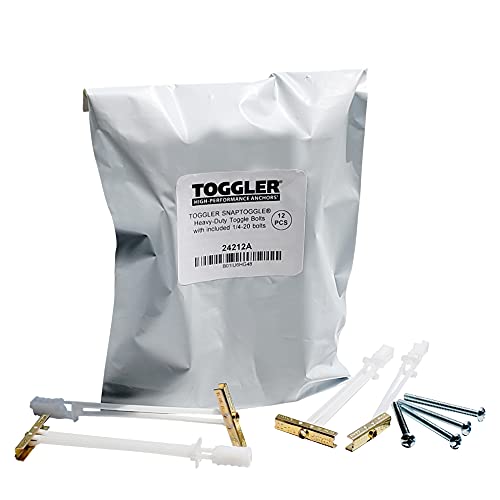
This drywall anchor can hold up to 265 lbs in 1/2-inch drywall and the plastic straps ensure that it is easy to fit. Ideal for hanging flat screen TV's, grab bars, handrails, cabinets and more.
How to remove a stripped or broken screw
Before you can fix a stripped screw hole you may be faced with the problem of a stripped or broken screw still stuck in the screw hole. Here Al Ruggie from ASAP Restoration reveals different methods for removing screws from wood, drywall and masonry.
How to remove a stripped screw from wood
Assuming the worst, and the screw is buried inside the board, the first thing you need to do is see if there is any grip left to the metal of the head. If there is, you need to create some traction and friction between the screw and the screwdriver.
To do this, add a chunk of rubber band, such as the rubber bands from Rubber Band Depot (available from Amazon), and then place the screwdriver on top of it. If there is any tab of metal for it to latch onto, the rubber band will hook into it. If there is a microscopic valley in the metal on the screw head, the rubber band will find it and fill it with the pressure of the screwdriver.
Apply constant pressure to attempt to loosen the screw normally. If this works, reset the rubber band as it shreds and repeat until you extract the screw completely, or enough to use a different tool that will be easier.
How to remove a stripped screw in drywall
Common problems with extracting stripped screws from drywall include not having enough tension on the material in order for the screw to get grip or that it's missing the threading.
A dab of CA glue, such as the CA Glue with Activator Kit from Amazon, will do you wonders. Simply take a super glue applicator, or apply some glue to scrap paper, and then lightly fill the cavity in the threading with glue. Spray the dab with an activator.
Now place the screwdriver into the cavity and wait for two minutes until the glue dries. Then slowly start reversing the screw out. Once it’s out of the drywall apply perpendicular pressure to the screw to get it off the screwdriver.
How to remove a stripped screw in masonry
Getting stripped screws out of masonry is one of the more difficult situations due to its dense material. But the best way to extract a stripped screw in masonry is to put a new head on it.
This can be done with an angle grinder, I recommend this DEWALT Angle Grinder Tool (available from Amazon), a metal saw, a Dremel tool, or anything else you are comfortable with that can create a slot in the screwhead. Doing this will allow you to create a new torque point when inserting a flathead screwdriver into the slot that should give you enough oomph to crank the screw out.
Stripped screw holes can happen in any part of the home and will need to be fixed. Maybe you are learning how to install shelves in an alcove, or something more advanced like how to build a stud wall.
Next, learn about the drilling mistakes to avoid during DIY projects to help make sure you get good screw holes and a final job well done.
Sign up to the Homes & Gardens newsletter
Design expertise in your inbox – from inspiring decorating ideas and beautiful celebrity homes to practical gardening advice and shopping round-ups.

Steve has been a homes writer and editor for two decades, regularly contributing to brands like Homebuilding & Renovating Magazine. He is an avid DIYer with over 20 years of experience transforming and renovating homes. He specializes in painting and decorating but has strong all-around building skills, having worked in the industry for ten years.
-
 Designers share how to make your outdoor living room look more expensive – and the affordable products to get you there
Designers share how to make your outdoor living room look more expensive – and the affordable products to get you thereFrom layered lighting to luxe-looking textiles, these simple swaps made all the difference
By Charlotte Olby Published
-
 5 surprising but brilliant ways to clean with old socks – from perfectly buffing stainless steel to deterring pests naturally and more
5 surprising but brilliant ways to clean with old socks – from perfectly buffing stainless steel to deterring pests naturally and moreTackle dust in tricky corners, clean your mirrors and even banish bad odors with those rogue single socks
By Andy van Terheyden Published
-
 5 vital ways a home battery backup can help with your most urgent needs in a power outage – from heating to flood prevention and calls
5 vital ways a home battery backup can help with your most urgent needs in a power outage – from heating to flood prevention and callsExperts say they're a worthy investment
By Clement Feng Published
-
 I’m an HVAC technician, and this is when I turn on my AC each year – plus 5 checks I always do beforehand
I’m an HVAC technician, and this is when I turn on my AC each year – plus 5 checks I always do beforehandSave yourself an AC hassle by running my checks and turning it on before big heat hits
By Josh Mitchell Published
-
 6 things you should never throw in the trash – and what to do for safe disposal instead
6 things you should never throw in the trash – and what to do for safe disposal insteadFrom batteries to space heaters, experts reveal what not to throw
By Andy van Terheyden Published
-
 7 spring home maintenance mistakes to never make – overlooking these now can lead to pest problems and structural damage
7 spring home maintenance mistakes to never make – overlooking these now can lead to pest problems and structural damageHome improvement pros share common mistakes and what to do instead
By Eve Smallman Published
-
 10 common but little-known HOA fines to watch out for – and how to avoid them
10 common but little-known HOA fines to watch out for – and how to avoid themFrom sprinklers to garage doors and external pipes, your HOA contract may leave you open to a fine
By Eve Smallman Published
-
 I’m a homes editor and these are the 4 vital storage items I’m 'adding to cart' this spring – and why you should too
I’m a homes editor and these are the 4 vital storage items I’m 'adding to cart' this spring – and why you should tooI've learned a few hard lessons in recent weeks and these storage solutions will help
By Punteha van Terheyden Published
-
 7 things you should repair instead of replace in your home – and how to complete the job well yourself in a few simple steps
7 things you should repair instead of replace in your home – and how to complete the job well yourself in a few simple stepsEasy steps for fixing common household items
By Eve Smallman Published
-
 Why does my carpet feel damp? Property experts reveal the 3 causes and how to fix them properly to avoid mold
Why does my carpet feel damp? Property experts reveal the 3 causes and how to fix them properly to avoid moldCondensation doesn't just gather on your windows
By Dan Fauzi Published